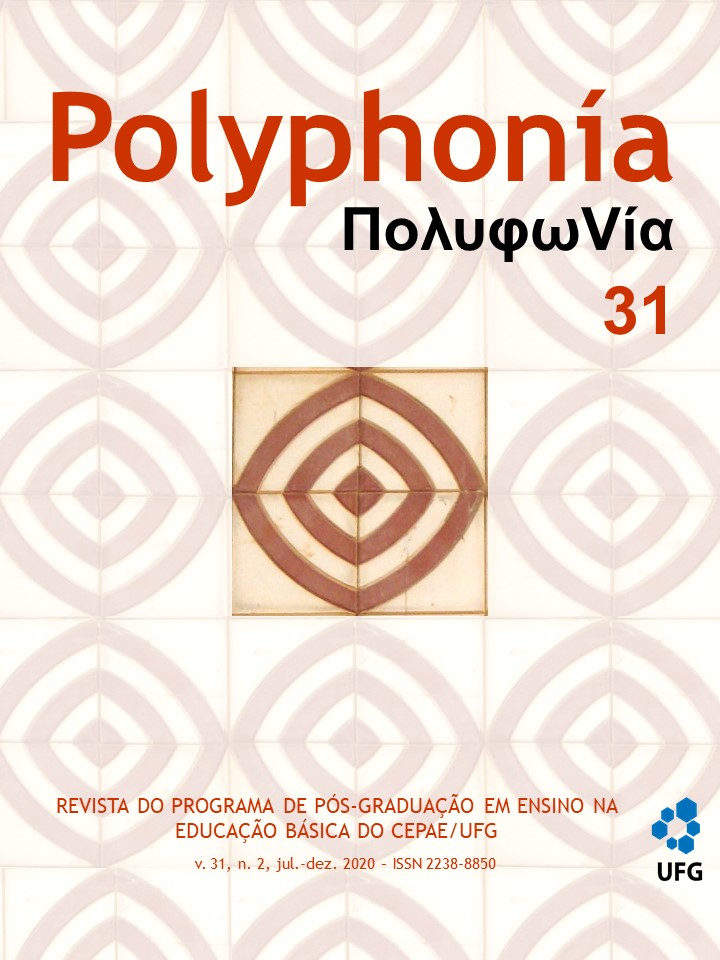O Pacto pela Alfabetização na Idade Certa em Goiás – PNAIC: A Formação em Serviço e seus Desafios
DOI:
https://doi.org/10.5216/rp.v31i2.67109Abstract
This article results of a reflection about an experience developed in the State of Goias: Pacto pela Alfabetização na Idade Certa – PNAIC (Pact for Literacy at the Right Age). The Project was created in 2013, by the Ministry of the Education and Culture – MEC with the propose to qualify teachers who work in the circle of literacy, with the purpose to help them to reflect about concepts, practices and the meaning of the process of literacy, giving some contribution to a national debate about the subject. In Brazil, the training of literacy teachers is still poor, which impacts, above all on the results demonstrated. In the State of Goiás, this program was responsible for the qualification of fourteen thousand literacy teachers, coordinators and other school professionals. It was understood that without the investment of this action, it would not be possible to insert the literacy teachers in the discussion and implementation of new practices and methodologies. In this text, and adopting bibliographic revision as methodology, we reflected how enlightenment can contribute to this process, standing out to the interdisciplinarity. The Program used material specifically developed for the PNAIC, so this article also addresses the perspective of interdisciplinarity adopted in the elaboration of support materials – PNAIC notebooks – and the support materials - box games and activities, adopted as support in the formation process.Downloads
Download data is not yet available.
Downloads
Published
2020-12-17
How to Cite
SILVA FARIA, Edna; ALVES, Amone Inacia. O Pacto pela Alfabetização na Idade Certa em Goiás – PNAIC: A Formação em Serviço e seus Desafios. Revista Polyphonía, Goiânia, v. 31, n. 2, p. 268–279, 2020. DOI: 10.5216/rp.v31i2.67109. Disponível em: https://revistas.ufg.br/sv/article/view/67109. Acesso em: 21 dec. 2025.
Issue
Section
Outros Artigos
License
Política de direitos autorais (acesso livre). Autores que publicam nesta revista concordam com os seguintes termos: Autores mantém os direitos autorais e concedem à Revista Polyphonía o direito de primeira publicação, com o trabalho simultaneamente licenciado sob a Creative Commons Attribution License que permitindo o compartilhamento do trabalho com reconhecimento da autoria do trabalho e publicação inicial nesta revista.
Autores têm autorização para assumir contratos adicionais separadamente, para distribuição não-exclusiva da versão do trabalho publicada nesta revista (ex.: publicar em repositório institucional ou como capítulo de livro), com reconhecimento de autoria e publicação inicial nesta revista.
Autores têm permissão e são estimulados a publicar e distribuir seu trabalho online (ex.: em repositórios institucionais ou na sua página pessoal) a qualquer ponto antes ou durante o processo editorial, já que isso pode gerar alterações produtivas, bem como aumentar o impacto e a citação do trabalho publicado (Veja O Efeito do Acesso Livre).


